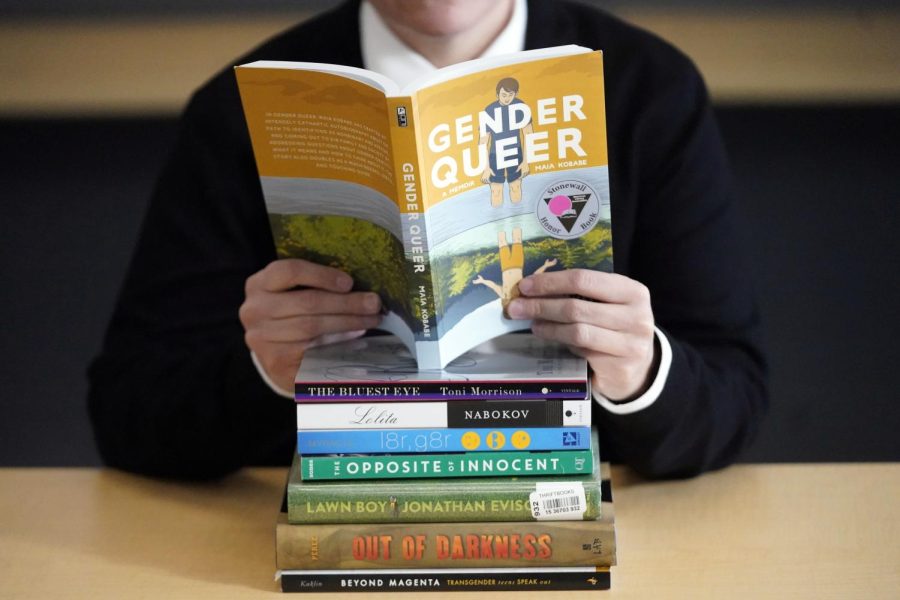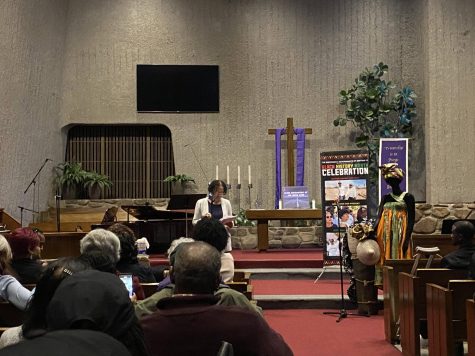Letter to the Editor: The ongoing debate of LGBTQ+ representation in children’s literature
The debate surrounding LGBTQ+ representation in children’s literature has been ongoing for years. While some argue that these books can instruct kids on diversity, acceptance and compassion, others claim that they expose children to inappropriate content that can harm their moral development.
On June 22, 2021, the Associated Press (AP) reported that Governor Ron DeSantis of Florida had signed a bill to remove LGBTQ+ children’s books from the state’s public schools. The state’s legislature passed the bill earlier this year, requiring that all instructional materials in public schools “be factual and objective,” not to “promote, normalize or encourage” homosexuality or transgender identity. DeSantis argues that the law is meant to protect children from being exposed to materials that could be considered inappropriate or harmful, believing that the law is not intended to discriminate against LGBTQ+ individuals or to prevent them from receiving an education but rather to ensure that all instructional materials are age-appropriate and consistent with parental values and Florida’s values.
Critics of the law, however, argue that this infringes the First Amendment right to freedom of speech and expression. This law will disproportionately impact LBGTQ+ students, who may feel excluded and discriminated against due to the ban. Potentially it could also lead to the censorship of other materials, such as books that address issues related to race, gender, or religion. While it is understandable that parents may want to protect their children from materials they find objectionable, it is also important to ensure that all students have access to diverse and inclusive materials that reflect the realities of the world in which they live.
One potential solution to this controversy would be ensuring that all instructional materials are age-appropriate and consistent with Florida’s policies while allowing room for diversity and inclusivity. This could be achieved by establishing a review process for instructional materials that includes input from various stakeholders, including parents, teachers and LGBTQ+ organizations. Pro-LGBTQ+ advocates argue that these publications can help promote greater acceptance and tolerance towards individuals with different sexual orientations.
These books can be a powerful tool for teaching children the importance of accepting differences and loving others. On the other hand, opponents find that these books could lead children astray, challenging their traditional values and beliefs and creating confusion in young minds.
The “I Am Jazz” book, which chronicles the story of a transgender girl, has sparked significant controversy in the United States. While some parents and educators see it as a vital tool for gender diversity, others have criticized it as promoting an agenda that conflicts with their religious beliefs. Some proclaim that such books can be used to indoctrinate children on gender and sexuality issues, typically parents’ purview, not schools or libraries. In evaluating both sides of the argument, it is essential to recognize that these issues are not black and white.
The controversy surrounding LGBTQ+ children’s books reflects broader debates over gender diversity and morality in contemporary society. While advocates promote greater acceptance and inclusion, opponents argue that these books pose risks to children’s moral development. A balance must stand between the two sides, whereby children are exposed to diversity, but not at the expense of their values and beliefs. The challenge is to find a way to encourage acceptance and inclusive values while respecting the cultural and religious beliefs of all parties involved. It is important for literature like “What Night Brings” to be accessible and widely read, as it helps to promote greater understanding and acceptance of diverse cultures and experiences. It encourages readers to challenge their assumptions and biases and recognize diverse perspectives’ value and importance in shaping our shared cultural identity.










